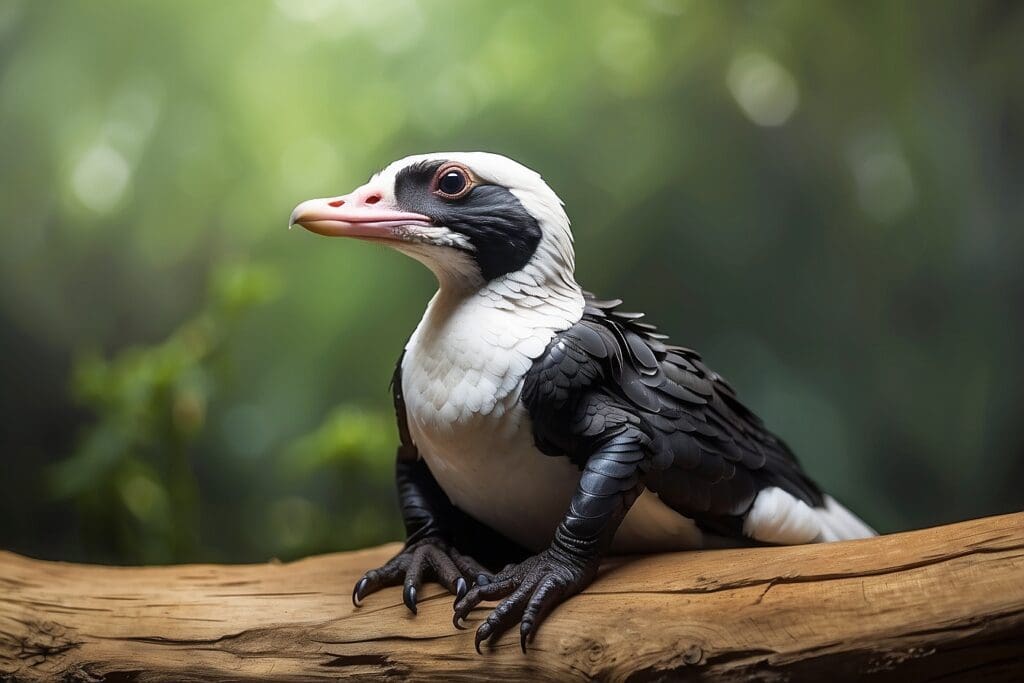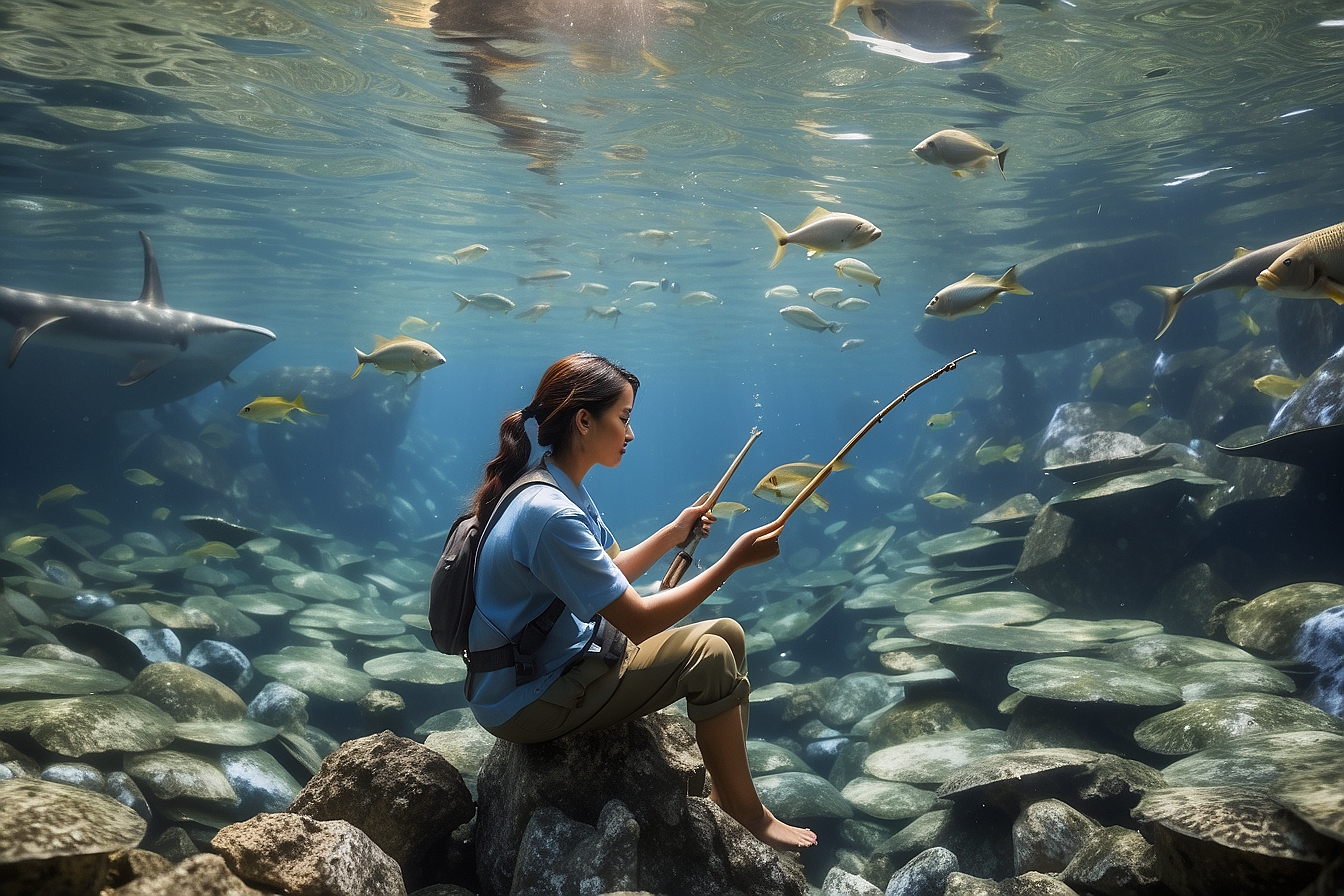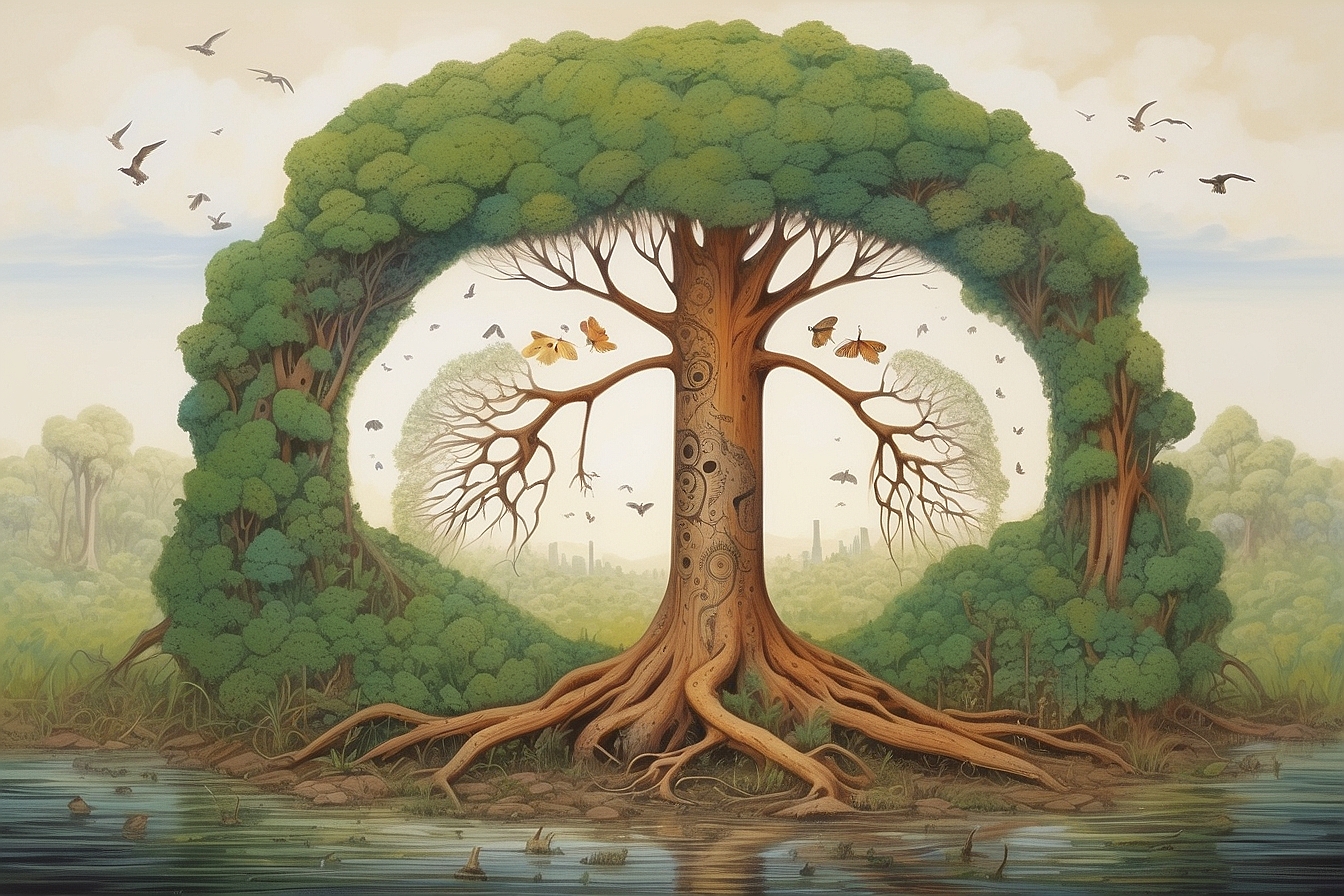As discussed in the previous Greeniacs article titled Endangered Species1, over 350 species across the world will likely be affected by climate change in the coming years if we do not reduce our greenhouse gas emissions. Carbon dioxide is the most abundant heat-trapping greenhouse gas in our atmosphere, and if we do not control it, numerous food webs and natural habitats will be destroyed. In an effort to prevent more species from ending up on the endangered list, many scientists and world leaders have called for action to reduce our carbon emissions from 387 parts per million to 350 parts per million. This reduction would require the United States to cut emissions by 40 percent or more to below 1990 levels by 2020. However, if carbon dioxide levels continue to rise, over 35 percent of our worlds’ species will face extinction by 2050. Some of the species directly threatened by warming temperatures, as noted in Endangered Species, include the Pacific walrus, polar bears, Atlantic salmon, the Mexican spotted owl, sea otters, sea turtles, the Arctic fox, and coral. Although an effort has been made in the past year to protect our threatened species from climate change, there is still plenty of room for improvement.
Endangered Species and U.S. Policy

- The Obama Administration remains in a political battle over the regulation of greenhouse gas emissions. However, President Barack Obama announced recently that the Federal Government would reduce its greenhouse gas pollution by 28% by the year 2020 to lead by example in building a clean energy economy.2 Although this does not secure the goal of 40% emission reduction by 2020 for the worlds’ species, it is a step in the right direction.
- In its first year, Obama’s administration added only two new species to the endangered list, the fewest in any president’s first year since Ronald Reagan in 1981. While those species—the Idaho slick spot pepper grass and, a white flower named Phyllostegia hispida, which is found only on the Hawaiian island of Molokai—now have protection, 249 other species remain on the “candidates” list. Federal biologists have concluded they are scientifically worthy of protection but they haven’t been declared endangered because of other priorities for the department.3
- The Obama administration upheld a Bush decision to list the Polar Bear as threatened, but also agreed to ban consideration of greenhouse gas emissions in reviews of federal projects affecting the bear. Obama officials said endangered species rules aren’t the right vehicle to address climate change.4
- The Fish and Wildlife Service has rejected a bid to extend endangered species protection to a rabbit-like creature, the American Pika, which environmentalists say could be pushed to extinction by rising temperatures.5
- Last week, five conservation groups, led by the Sierra Club, sued the federal government after the U.S. Fish and Wildlife Service refused to draw up critical habitat maps for the Florida Panther.6
- There is $71 million in the Department of the Interior’s budget for research on climate change. The funds would be used to determine which areas of the country and which species of plants and animals are most at risk from changing weather patterns.7
- There were few specifics on Interior’s plans for wildlife protection under the Endangered Species Act, even though eight years of neglect under the Bush administration has left many species with little or no protected habitat.8
Global Endangered Species Updates
- World Wildlife Fund’s list of “10 Species to Watch in 2010” includes five species directly impacted by climate change: Polar Bears, the Pacific Walrus, Magellanic Penguins, Leatherback Turtles, and tigers.9
- The Endangered Species Coalition list another set of the top 10 endangered wildlife, plants, and fish impacted by climate change: ‘Akikiki or Kaua’i Creeper, Elkhorn Coral, Bull Trout, Canada Lynx, Pacific Salmon, Leatherback Sea Turtle, Grizzly Bear, Bog Turtle, Western Prairie Fringed Orchid, Flatwoods Salamander.10
Aside from this list of updates, all hope is not lost for our worlds’ species. The Endangered Species Act and wildlife protection in general has been on the back burner for the past 8 years but is now finally receiving more attention. Although many environmentalists struggle with the fact that the current U.S. administration is not using the Endangered Species Act to stand up to industry, there is some success in the fact that $7 million from the 2011 budget is tagged to assessing the impacts of renewable energy development on wildlife. That same budget plan also includes a lot of things that have the potential to help the environment: more investments in renewable energy (including solar, wind and energy efficiency), some reduction in spending on fossil fuels, and backing for wilderness protection, clean air and water, greenhouse gas regulations and green jobs.11 As Bob Irvin, senior vice president of the Defenders of Wildlife, notes, “Just like this administration inherited a terrible economic situation and two wars, it also inherited an endangered species program that had been devastated by backlogs. This is a four-year marathon, not a one-year sprint.” 12





